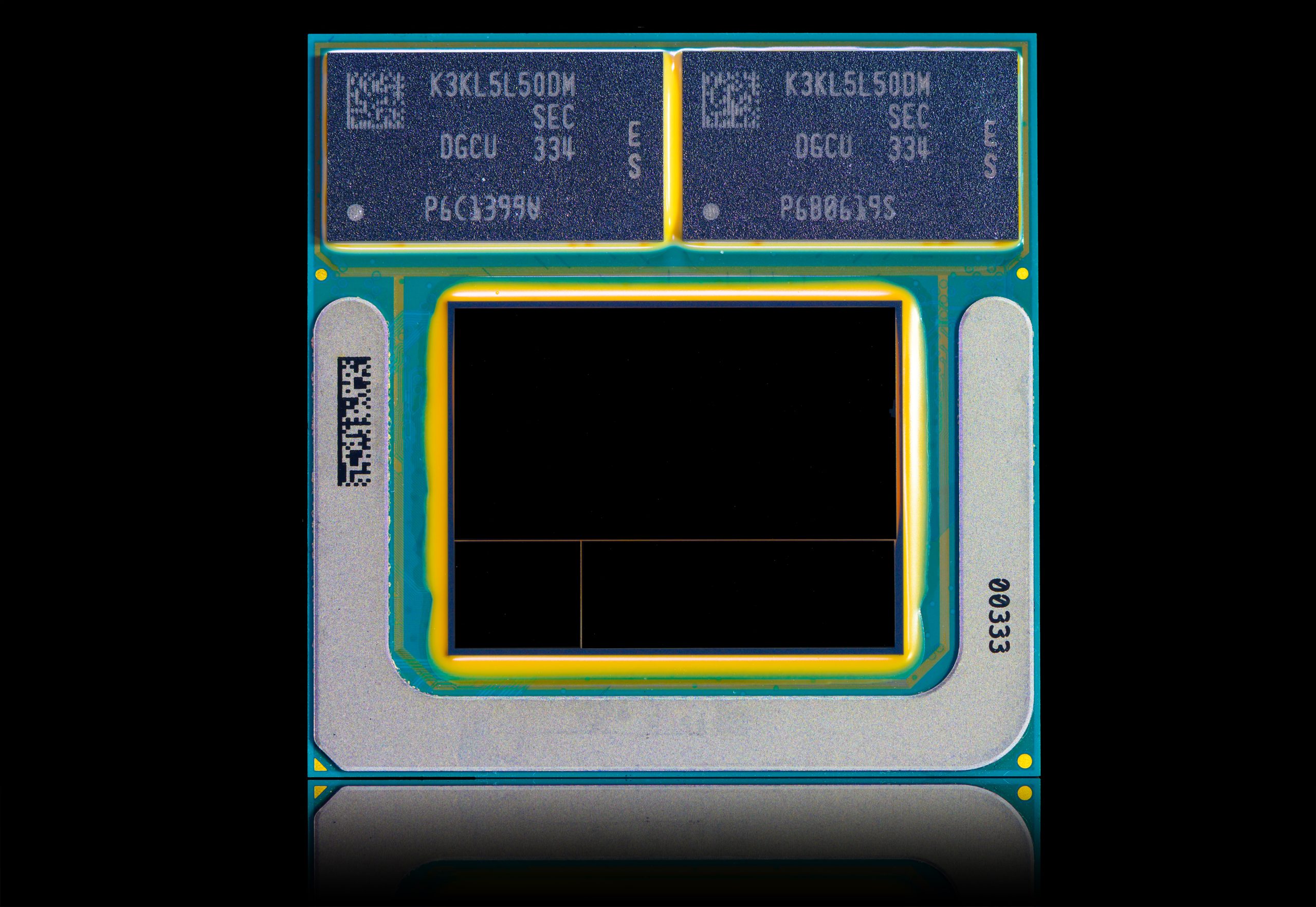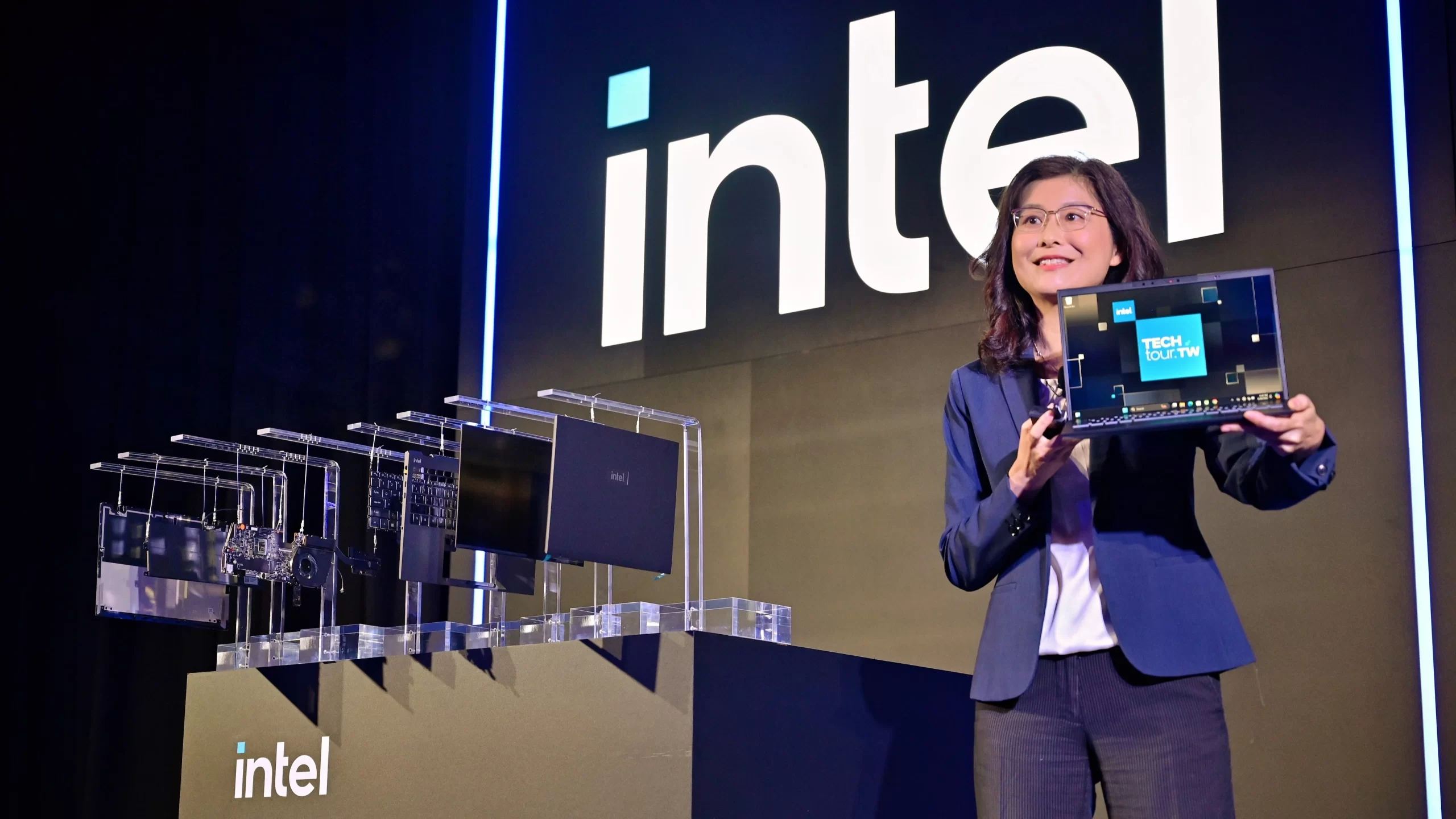Highlights
- Lunar Lake introduces an extensive overhaul of CPU core architecture with new P-cores, E-cores, and Battlemage Graphics.
- Utilizes TSMC’s 3nm process for the compute tile, offering enhanced performance and efficiency.
- Integrated LPDDR5X memory and 4+4 core configuration for optimized power efficiency.
- Advanced connectivity options with Thunderbolt 4, Wi-Fi 7, and PCIe Gen 5 support.
Intel has officially announced its awaited mobile architecture, Lunar Lake, at Computex in Taiwan.
Of course, it is an immense enhancement in AI-centric computing.
The new Lunar Lake, stacked with next-gen technologies, increases the stakes on efficiency, computing power, graphics performance, and AI features and makes Intel a strong competitor in the ever-changing AI PC market.
Architectural Overhaul to Deliver Maximum Performance

Lunar Lake undergoes the most extensive overhaul of the CPU core architecture since its predecessor, Meteor Lake.
Included are all-new P-cores, E-cores, Battlemage Graphics, and a reimagined Neural Processing Unit (NPU).
This not only is Intel’s first but a landmark first, giving the company the stated goal of using TSMC’s 3nm process—also for the first time ever— for imparting power to the CPU’s compute tile.
Innovative Design and Manufacturing Approach

It is fabbed on the TSMC N3B node, which is the same silicon process that Apple uses to build its A17 Pro SoC that powers the iPhone 15 Pro.
With two less tiles than Eagle Stream, Lunar Lake features a simplified architecture consisting of a compute tile and a platform controller tile.
Optimized Core Configuration and Memory Integration

Lunar Lake will feature an optimized 4+4 core configuration, coming in with four Lion Cove performance cores and four Skymont efficiency cores.
Hyper-threading is dropped for better efficiency.
Intel is also for the first time integrating LPDDR5X memory in up to 32 GB capacities for Lunar Lake, which results in better performance and power efficiency.
Revolutionary Graphics and AI Performance

The integrated Battlemage graphics, also known as Xe2, now offers up to 50% more performance in raster versus the previous Arc Alchemist GPU, with upwards of 67 TOPS of AI performance.
The fourth-gen NPU from Intel now packs in an incredible 48 TOPS, which will make Lunar Lake an excellent contender in the AI PC market.
Improved Connectivity and I/O Options

Lunar Lake systems will have at least two Thunderbolt 4 ports, and OEMs may include a third.
The capability for Wi-Fi 7, Thunderbolt Share, and PCIe Gen 5 and Gen 4 lanes adds advanced connectivity and I/O capabilities to the platform.
Intel has gone ahead and shown that it is ready to break the mold in mobile computing as it brings in a perfect mix of performance, efficiency, and AI capabilities through Lunar Lake.
With the AI PC market maturing with each passing day, Intel’s audacious choices with its architecture make Lunar Lake a strong contender ready to reshape the landscape of mobile computing.
FAQs
What is Intel’s Lunar Lake architecture?
Intel’s Lunar Lake is a new mobile architecture that focuses on AI-centric computing, featuring advanced CPU cores, graphics, and AI capabilities.
What process does Lunar Lake use for its compute tile?
Lunar Lake utilizes TSMC’s 3nm N3B node for its compute tile, the same process used by Apple’s A17 Pro SoC.
How does Lunar Lake improve graphics performance?
Lunar Lake integrates Battlemage graphics (Xe2), offering up to 50% more performance in raster and 67 TOPS of AI performance compared to the previous generation.
What core configuration does Lunar Lake feature?
It features a 4+4 core configuration with four Lion Cove performance cores and four Skymont efficiency cores, optimized for better efficiency and power usage.
What memory options are available with Lunar Lake?
Lunar Lake supports integrated LPDDR5X memory in 16 GB and 32 GB configurations, enhancing performance and power efficiency.
Also Read: Intel Announces 14th Gen Core HX and Ultra CPUs at CES 2024
Also Read: Intel Core 14th Gen i9-14900KS Powers Desktop PCs to Record-Breaking Speeds
